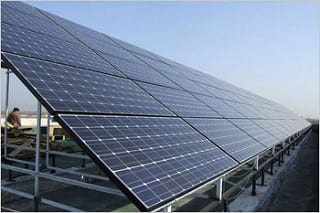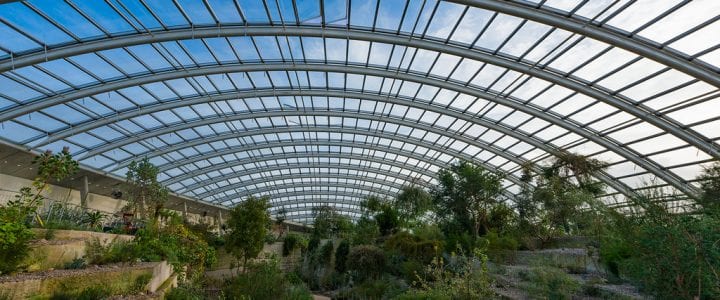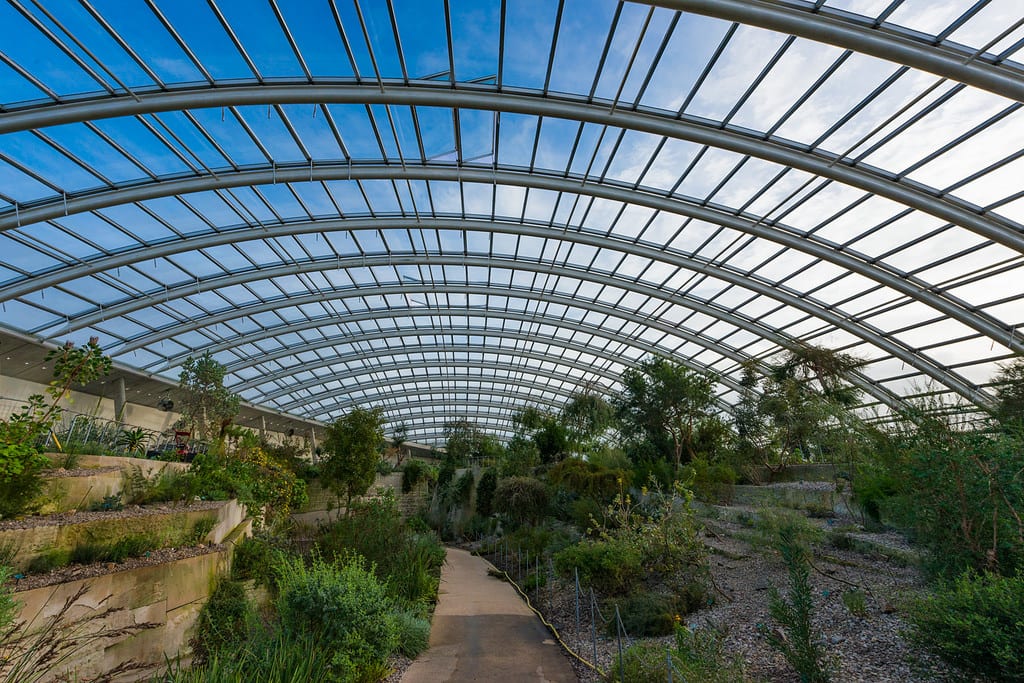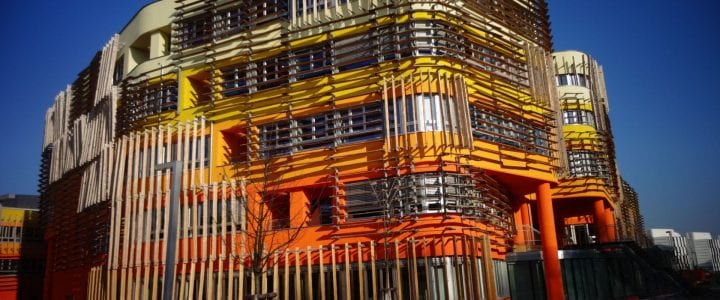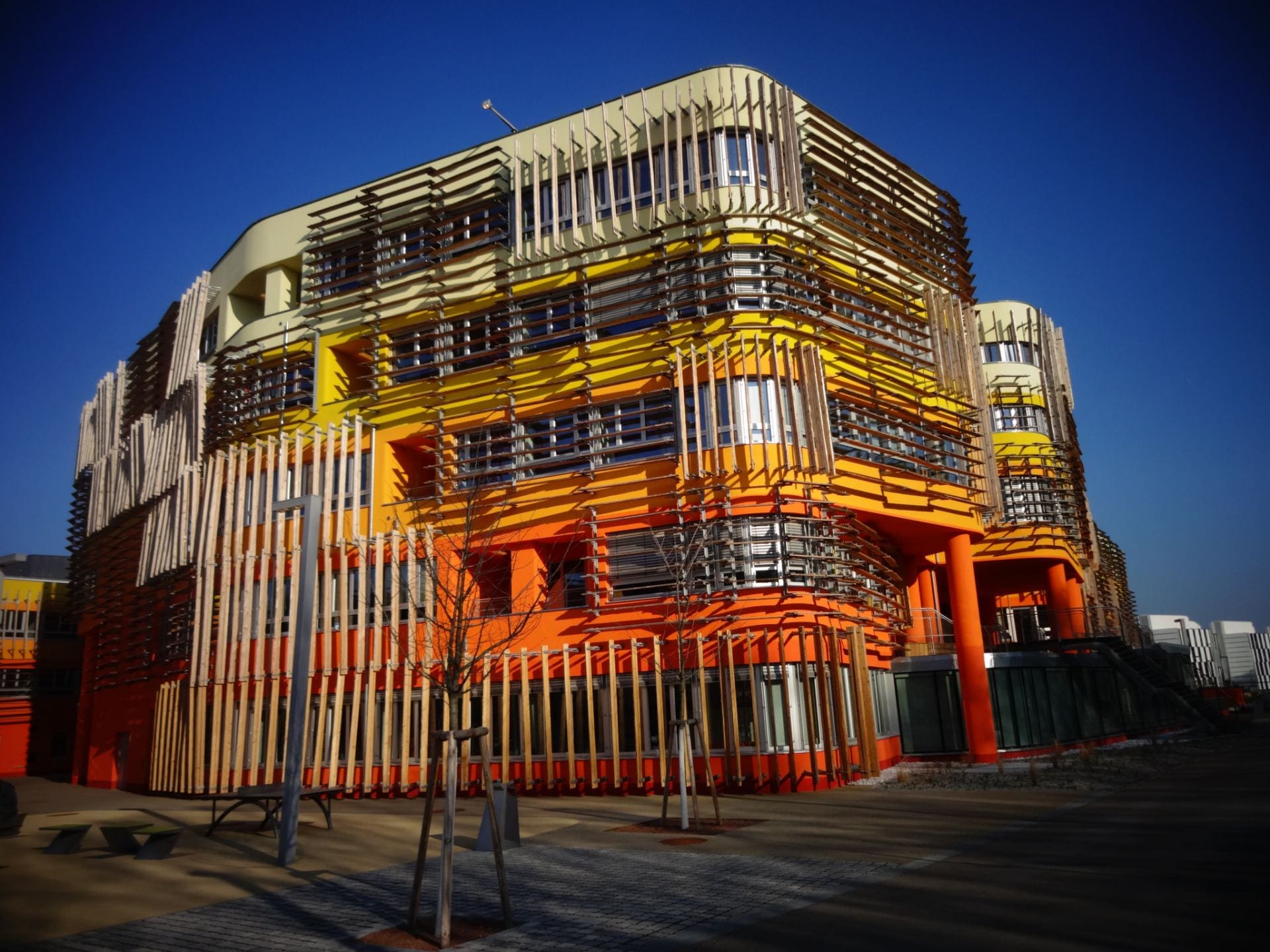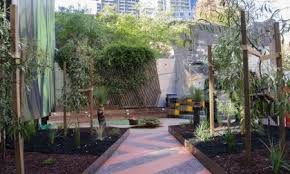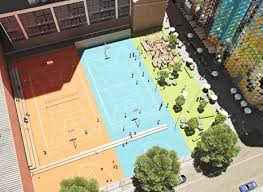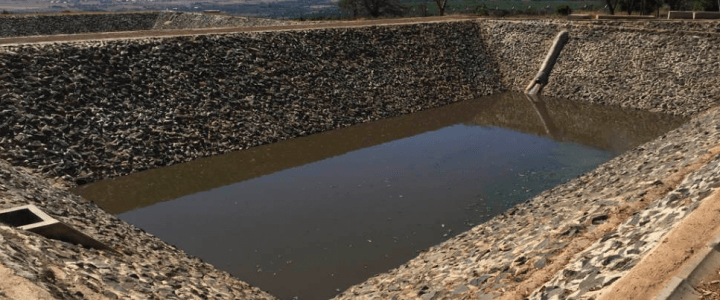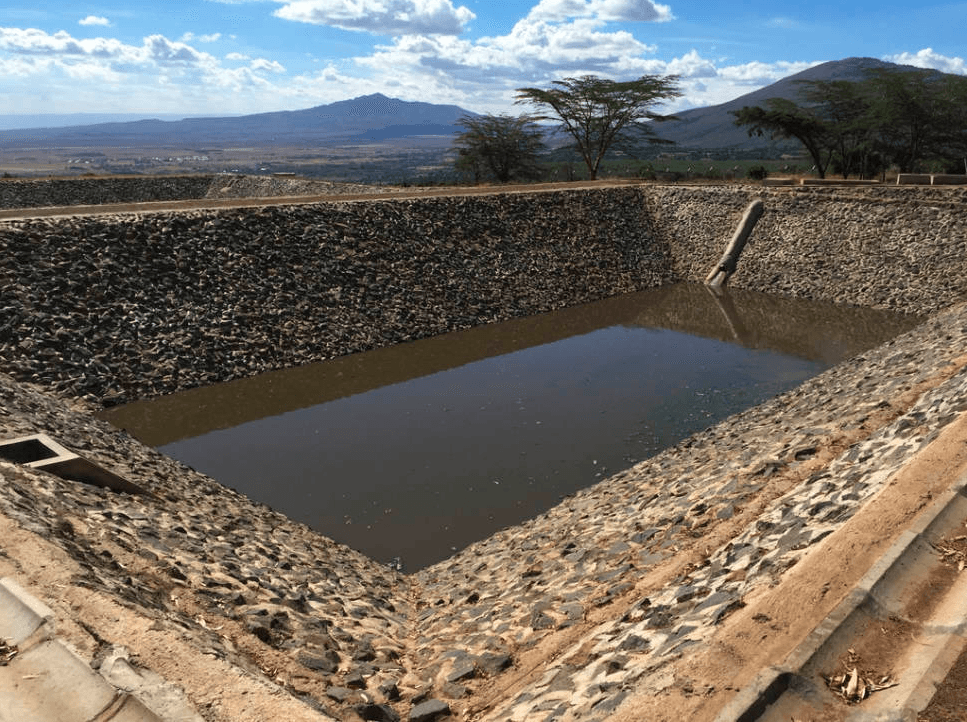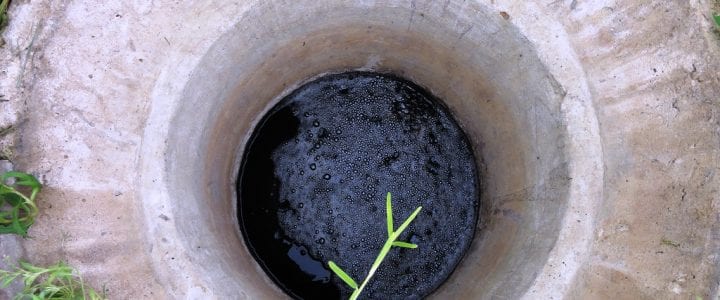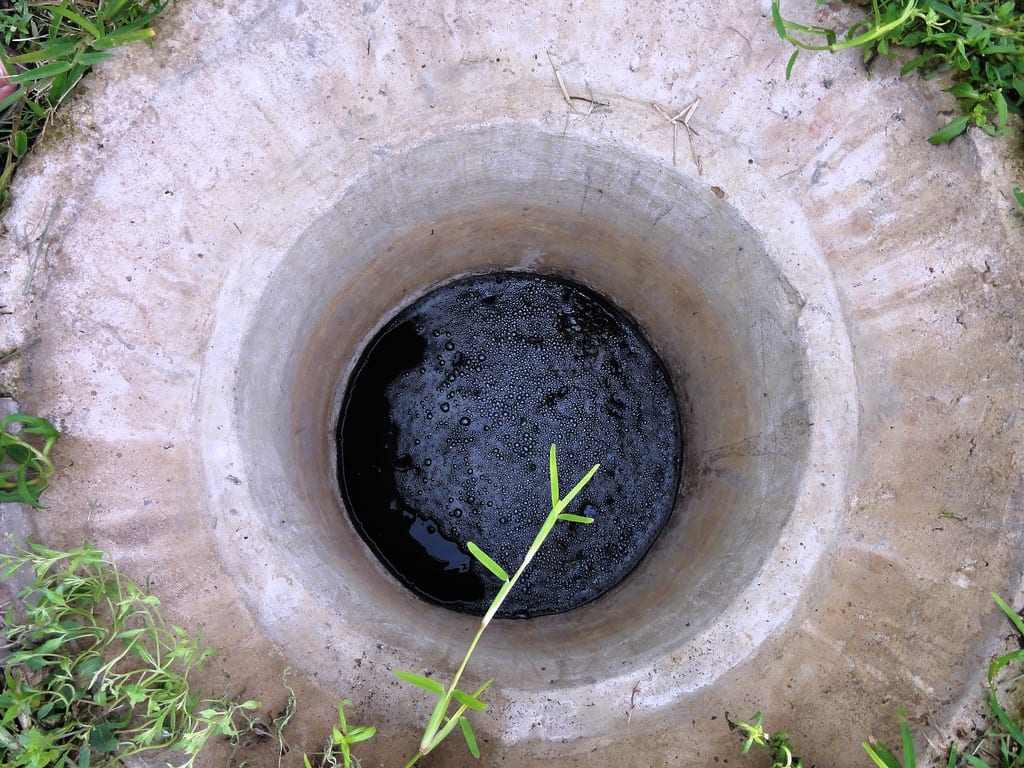Industry partner: City of Greater Bendigo (CoGB)
BACKGROUND:
The City of Greater Bendigo (CoGB) has installed a number of solar PV systems over recent years, and continues to approve the installation of solar systems on council owned buildings.
Most of the systems are on buildings that are owned and operated by the CoGB who pays for the electricity bills. However more local Committees of Management are enquiring about installation of solar systems for the buildings they manage on behalf of Council and a number of these sites have also had solar systems installed.
Much of this work have been undertaken in conjunction with the Bendigo Sustainability Group (BSG) who have a decade long history of solar bulk buy and promotional programs. The BSG has developed some good expertise in solar system specifications and have some techniques in place for monitoring some systems. However these are being monitored randomly and on an ad-hoc basis at present
AIM:
The aim of this project is to develop a standardized and reliable guideline for monitoring all solar systems on Council owned buildings. Consideration of the following items will also be incorporated into the guidelines:
- The steps and checking process requirements leading to the installation of a suitably accredited solar system;
- Ability to observe solar system operation and functionality;
- The ability for data capture and download;
- Integration with Powercor (MyEnergy portal) data and energy analysis options for individual facilities.
Establishment of the communication protocols will also be addressed in the guideline to enable efficient energy data monitoring capability. These protocols will need to be flexible to account for the variable IT communications status of the facilities. The following items will need to be addressed in establishing the guidelines:
- Investigation of the data communications capability of different inverter options and make recommendation of a range of selected inverters;
- Identification of on-site wi-fi capability and requirements for using this as an IT communications ‘gateway’;
- Integration with LoRa local area network;
- Where no wi-fi exists, explain what the process for data communications may be eg. a 3G dongle and how would that work;
- What other options for data monitoring eg. Powercor’s MyEnergy online Smart Meter data monitoring and what it means; Solar Analytics using 3G/4G network etc.
This project will interact with CoGB Building and Property Unit and IT staff as well as individual site managers to develop flexible decision support guidelines to enable the installation of solar systems across our broad ranging portfolio of varying buildings and a coordinated approach to monitoring the system to ensure it is operating effectively.
EXPECTED OUTCOMES:
The main outcome will be to enable identification of the CoGB solar system integrity ie. to ensure it is operating effectively, or to identify breakdowns in the system at the earliest possible time. Co-benefits will enable the building operators to identify the reduction in grid based electricity consumed and cost savings.
For the broader council this will enable a consolidated cost benefit analysis for council’s investment commitments over time.
Another outcome will be the increased ‘viewability’ of the data or on-site profiling of the data leading to greater public awareness and providing the backbone for a broader public education campaign.
DELIVERABLES:
The deliverables of the project include:
| Deliverable |
Description |
Initial Timing Estimate |
| Conceptual plan |
Project Plan |
Early July
|
| Milestone 1 |
Literature review and survey of Solar PV monitoring systems with particular focus upon the inverter communications capability
|
End July |
| Milestone 2 |
Identification of system integrity and design of systems to ensure PV hardware is operating effectively, or to identify breakdowns in the system at the earliest possible time.
· Are the systems’ facilities fit for purpose?
· Can the sites be retro fitted?
· Design options
· Draft plans & drawings
· Refer to Solar Analytics and interface with smart meters WiFi enabled connectivity over 15 sites-data capture
· Interface with Powercor
· Investigate future opportunities for batteries
|
Mid August |
| Milestone 3 |
Cost benefit analysis of installing and retrofitting monitoring systems for Council’s PV assets and investment commitments over time, paying attention to consistent shared platform for all systems.
|
Early July |
| Draft project plan/report
|
Draft project plans and drawings /report as outlined in Aim, inclusive of conceptual drawings and notes |
Early September |
| Project plan/report
|
Project plans/report. |
End September |
| Presentation |
A presentation on the project plan and drawings with accompanying presentation materials (eg. slides).
|
End October |
The project report shall be written up in a report with drawings and include the following sections:
- Background
- Assumptions
- Conceptual designs and drawings
- Guidelines development
- Recommendations
The project deliverables shall be written for a wide audience. It should be assumed the majority of the audience do not have an in-depth understanding of PV monitoring systems.
WORK METHOD:
It is expected that students shall visit the council sites and asses options for PV monitoring systems, consult with relevant council staff and experts, gather and track council data and facilitate ongoing discussion through meetings with stakeholders. To assess the physical suitability of a site, the student will be required to visit sites (accompanied by Council personnel).
The key stakeholders are:
- City of Greater Bendigo staff (TBA, however will be a member of the Facilities Team).
- The Bendigo Sustainability Group (BSG)
- Other stakeholders TBA
KEY ATTRIBUTES:
Attributes required include:
- Research skills
- Design and CAD drawing skills
- Ability to imagine the future requirements
- Self-motivated.
STUDENT SELECTION:
2 electrical/communication engineering students
City of Greater Bendigo requires that it is an active participant in selection of a suitable students for this Industry Engagement. This participation shall include Council staff reviewing the proposed student’s CV (and academic transcript to date) and may interview students.
Council would prefer to select a suitable group of students shortlisted by RMIT.
